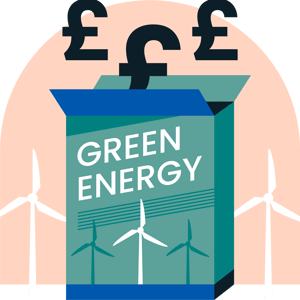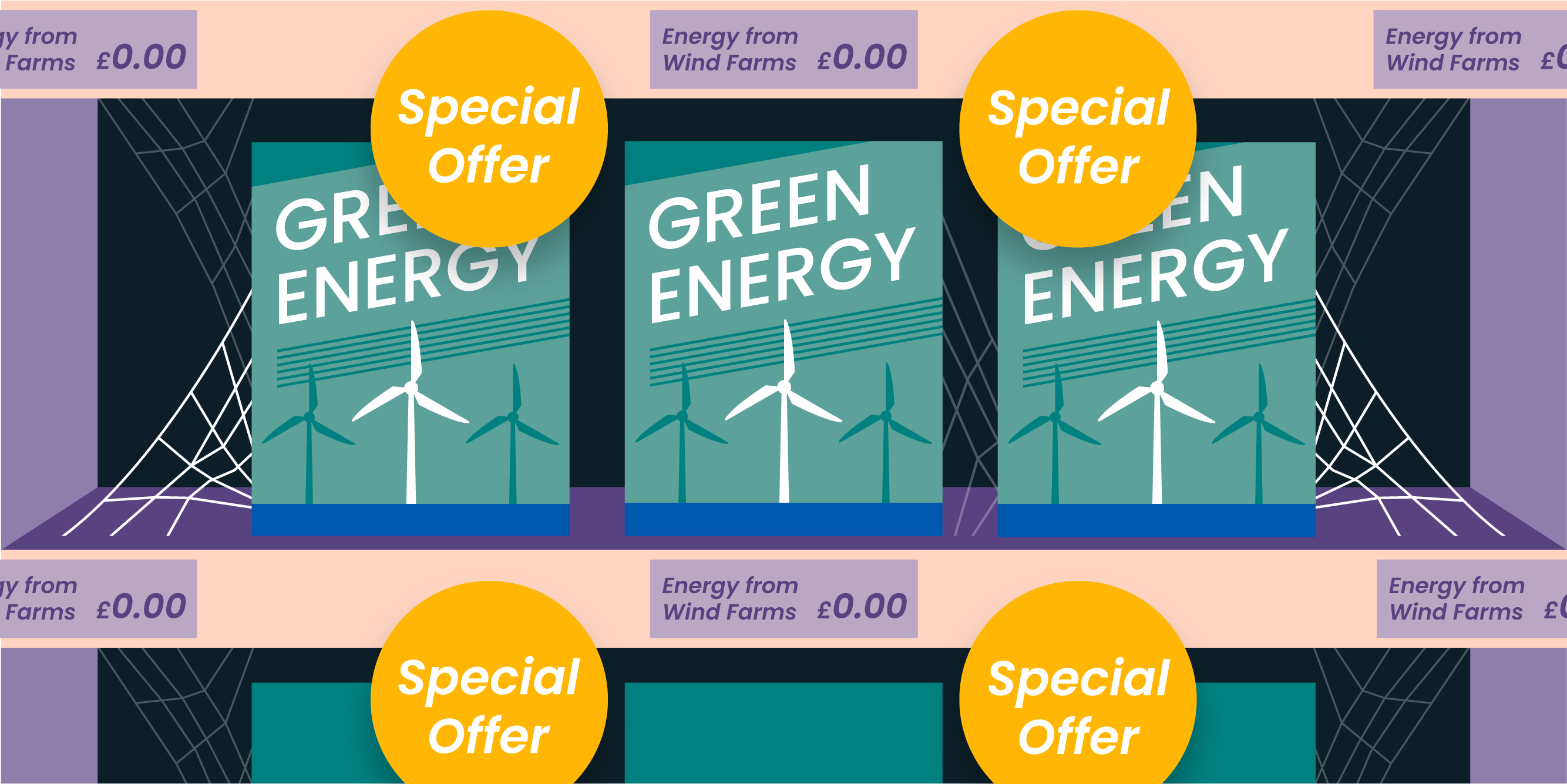When Wind Farms Are Paid Not to Produce (And Why It Matters for Your Home Energy Costs)
You might assume that having more wind farms switched on means cheaper, cleaner energy on the grid. But the reality is murkier and costly for households.
In the UK, Greg Jackson, CEO of Octopus Energy, recently warned of a structural glitch in our electricity system: we’re now paying wind farms not to generate power. Even as we shift toward renewables, flaws in the grid and energy markets mean clean energy sometimes ends up unused. And we, as customers, pick up the tab.
Are Solar Panels Right for You?
Whether you're curious about the benefits of solar energy, want to understand the installation process, or are eager to learn about the latest innovations in the solar industry, we've got you covered. Our newsletter is packed with expert insights, helpful tips, and answers to all your burning questions about solar power.
What are “curtailment payments”?
Curtailment is the term used when a generator (like a wind farm) is told to reduce or stop output - even if wind is available - because the grid can’t absorb it. The twist? The system operator still pays those generators as though they were running. Then, in real time, it buys replacement power (often from fossil fuel sources) to meet demand.
It becomes even muddier when you realise that some wind farm owners also own fossil fuel plants, meaning that they are effectively paid twice.
What does this mean for my bills?
According to Jackson, since January 2025 this mismatch has added about £1 billion to the cost passed onto consumers, and it could balloon to £8 billion by 2030. It is estimated that in 2023, curtailment costs added roughly £40 a year to a typical UK household’s electricity bill.

Is Net Zero to blame?
It may be tempting to blame Net Zero targets when bills rise - but the real issue lies with the Grid itself. The UK’s National Grid was originally designed around large, centralised power stations, not today’s growing mix of renewable energy spread across the country.
The good news? Change is underway. The Great Grid Upgrade aims to expand and modernise the network, adding new connections, interconnectors with neighbouring countries, and more energy storage to make the system smarter and more flexible.
In the meantime, home Green Tech has a big role to play. Solar panels, batteries, heat pumps and smart tariffs don’t just lower your bills; they can actually help balance the system. Energy suppliers like Octopus are already paying households to use electricity at certain times. By installing your own clean tech, you’re not just reducing costs; you’re actively supporting the transition to a more resilient, Net Zero energy system.
• • •
Subscribe to our solar newsletter for expert guidance on all things solar power. If you want to learn more about the installation process, costs, savings and more - we’ve got you covered!








